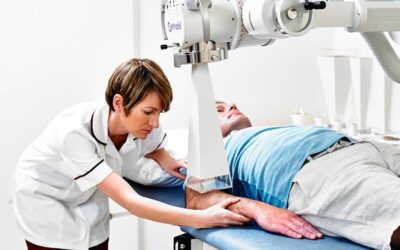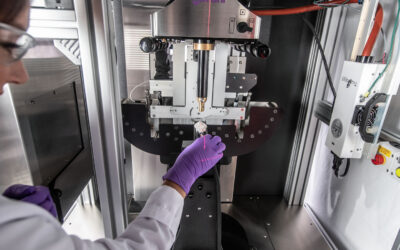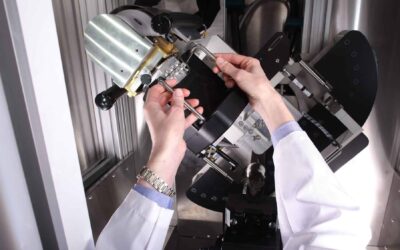The relative biological effectiveness (RBE) based on the induction of dicentrics in any cell type is principally an important information for the increasing application of high-LET radiation in cancer therapy. Since the standard system of human lymphocytes for measuring dicentrics are not compatible with our microbeam irradiation setup where attaching cells are essential, we used human-hamster hybrid AL cells which do attach on foils and fulfil the special experimental requirement for microbeam irradiations. In this work, the dose-response of AL cells to photons of different energy, 70 and 200 kV X-rays and 60Co γ-rays, is characterized and compared to human lymphocytes. The total number of induced dicentrics in AL cells is approximately one order of magnitude smaller. Despite the smaller α and β parameters of the measured linear-quadratic dose-response relationship, the α/β-ratio versus photon energy dependence is identical within the accuracy of measurement for AL cells and human lymphocytes. Thus, the influence of the reference radiation used for RBE determination is the same. For therapy relevant doses of 2 Gy (60Co equivalent), the difference in RBE is around 20% only. These findings indicate that the biological effectiveness in AL cells can give important information for human cells, especially for studies where attaching cells are essential.
Schmid TE, Greubel C, Dollinger G, Schmid E.
Download Paper
Xstrahl to Highlight Superficial and Orthovoltage Radiotherapy Solutions for Skin Cancer and Selective Benign Conditions at AAPM 2024
Xstrahl, a global leader in the delivery of superficial radiation therapy devices and preclinical radiation research systems, will demonstrate Xstrahl 200, a modern orthovoltage radiotherapy solution for treating superficial lesions, skin cancers, and selective benign conditions at the 66th Annual Meeting & Exhibition of the American Association of Physicists in Medicine (AAPM) in Los Angeles, CA, from July 21-25, 2024, at booth 518.






